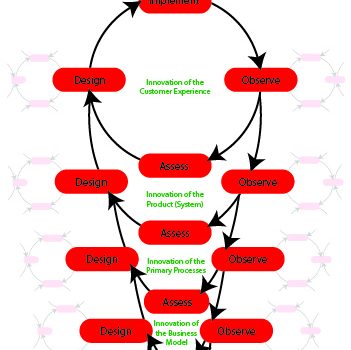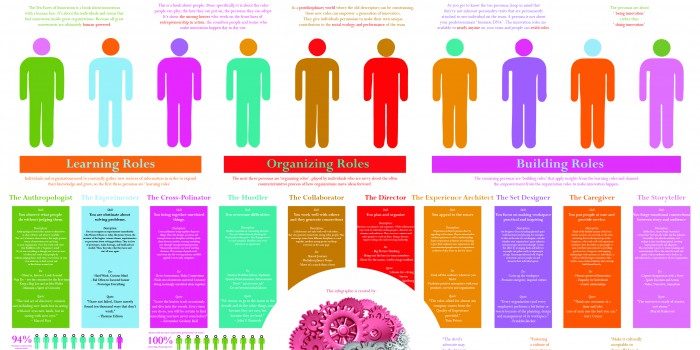I’m in the lucky position to run into quite a few business owners, corporate directors and leaders on a daily occasion. And when talking to them about innovation – and their ambitions – it almost always comes down to one simple question: “How can we implement innovation in our organization?”. A question which seems easy to ask, but needs a complicated answer.
Read more




